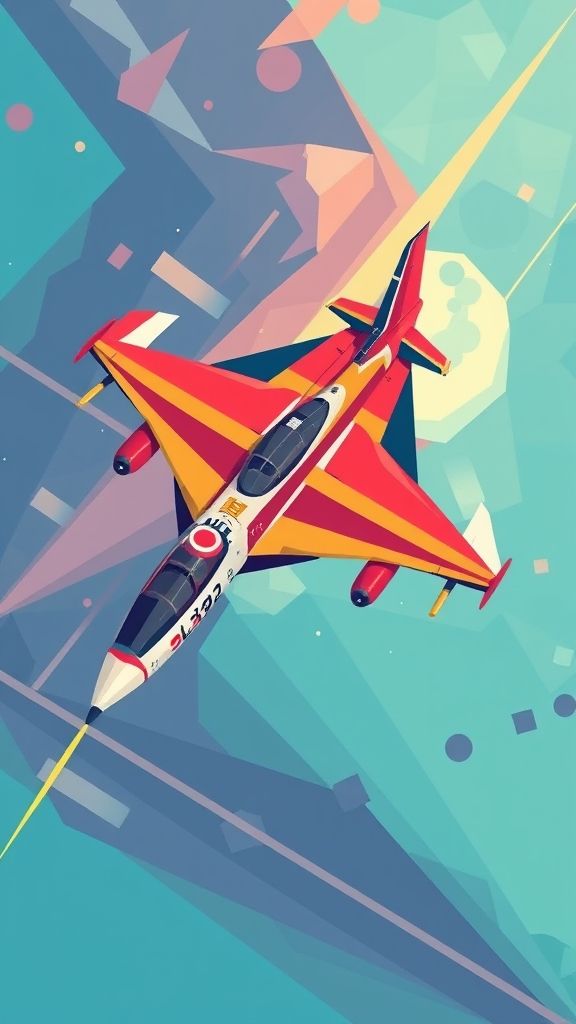Teck Lowers Copper Production Outlook Amid Chilean Mine Challenges
Teck Resources, a Canadian mining company, has revised its copper production guidance for 2025, …
10. October 2025

The Lockheed P-80 Shooting Star was an American jet fighter that would become synonymous with bravery and ingenuity, earning its place in history as a pivotal moment in aviation.
Designed by the renowned Clarence L. “Kelly” Johnson and his team of 28 engineers at Lockheed, the project began in secret during World War II. The impetus for this endeavor came from discovering Germany’s first operational jet fighter, the Me 262, which left the Allies reeling. General Henry H. Arnold, commander of the Army Air Forces, recognized the need for an American aircraft that could match the performance of these German jets.
The P-80’s straight-wing design with a blended wing body was a key factor in its success. This innovative configuration allowed for improved maneuverability and reduced drag, making it ideal for high-speed combat. The aircraft’s engine, a British-made Halford H-1 B “Goblin” turbojet, produced 3,500 pounds of thrust, significantly increasing the P-80’s speed.
Despite its impressive performance, the P-80’s design was not without controversy. Its unique aesthetic raised eyebrows among those familiar with conventional fighter designs. However, this unusual shape belied the aircraft’s exceptional capabilities.
The P-80 saw extensive service during the Korean War, primarily with the United States Air Force (USAF). American pilots marveled at its agility and speed, which allowed them to outmaneuver enemy fighters with ease. The aircraft destroyed an entire North Korean squadron on June 27, 1950, cementing its reputation as a formidable fighter.
The USAAF recognized the P-80’s value in combat, despite being outclassed by more advanced jet fighters like the MiG-15 and F-86 Sabre. Its versatility and reliability made it an invaluable asset to the USAF. However, challenges arose with engine reliability and pilot training, which were eventually addressed through design modifications and extensive training programs.
The P-80’s influence can be seen in later Lockheed designs, such as the F-104 Starfighter and the F-117 Nighthawk. The T-33 Shooting Star trainer, a variant of the P-80, remained in service with the U.S. Air Force and Navy until the 1980s.
Today, the P-80 is remembered as a testament to American ingenuity and innovation. Its unique design and performance paved the way for future generations of fighter aircraft. The P-80’s story serves as a reminder that even unorthodox designs can yield remarkable results when driven by determination and creativity.
The Lockheed P-80 Shooting Star played a pivotal role in securing American air superiority during the Korean War, earning its place alongside other iconic aircraft in aviation history.